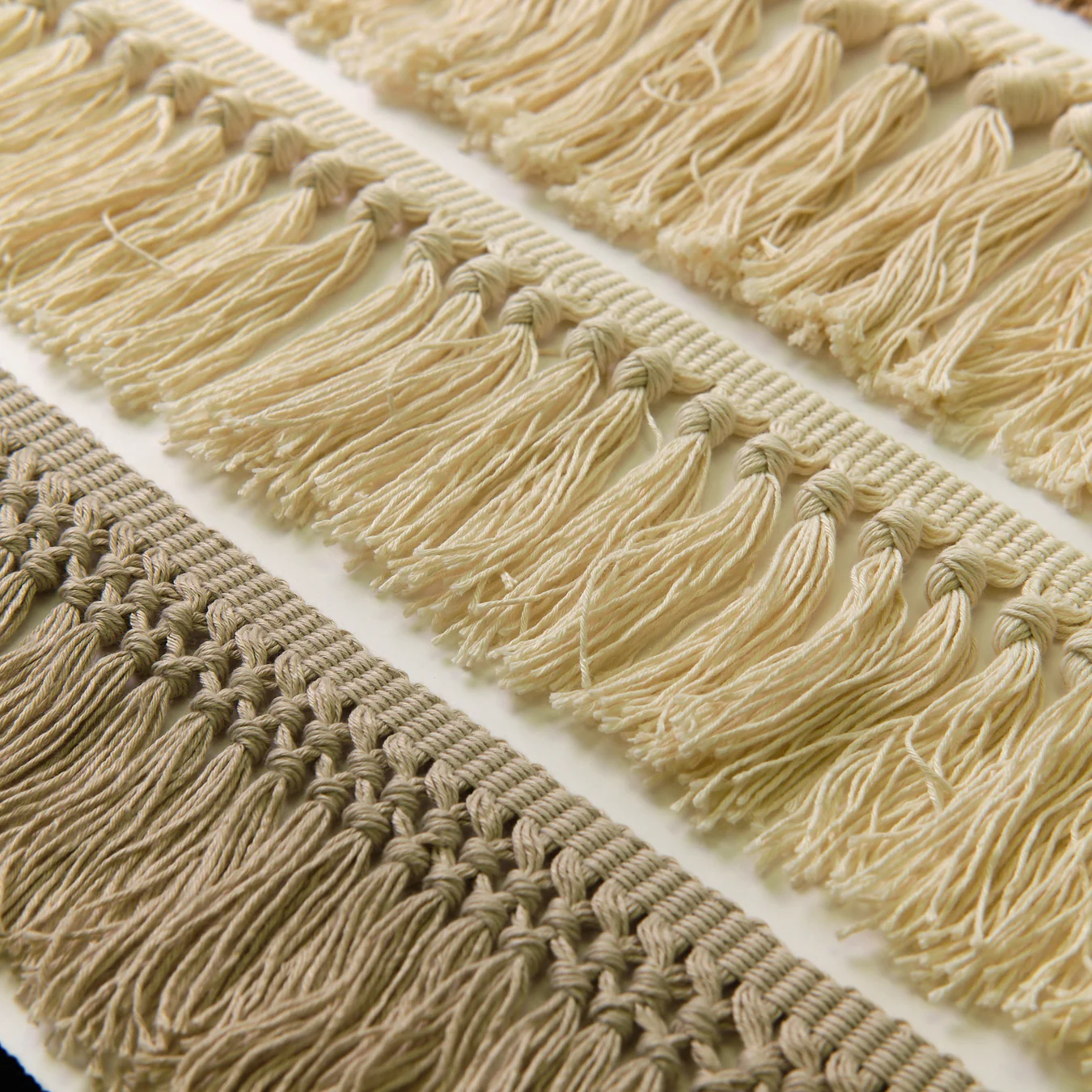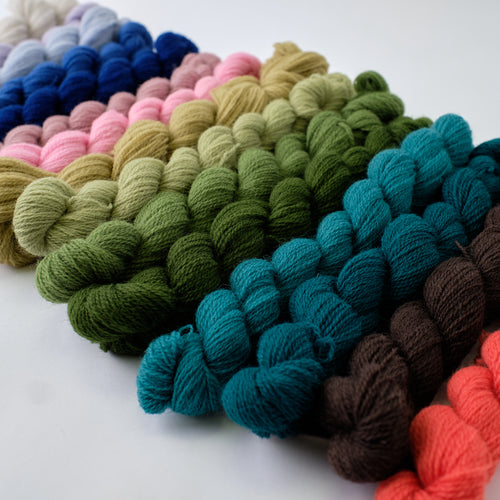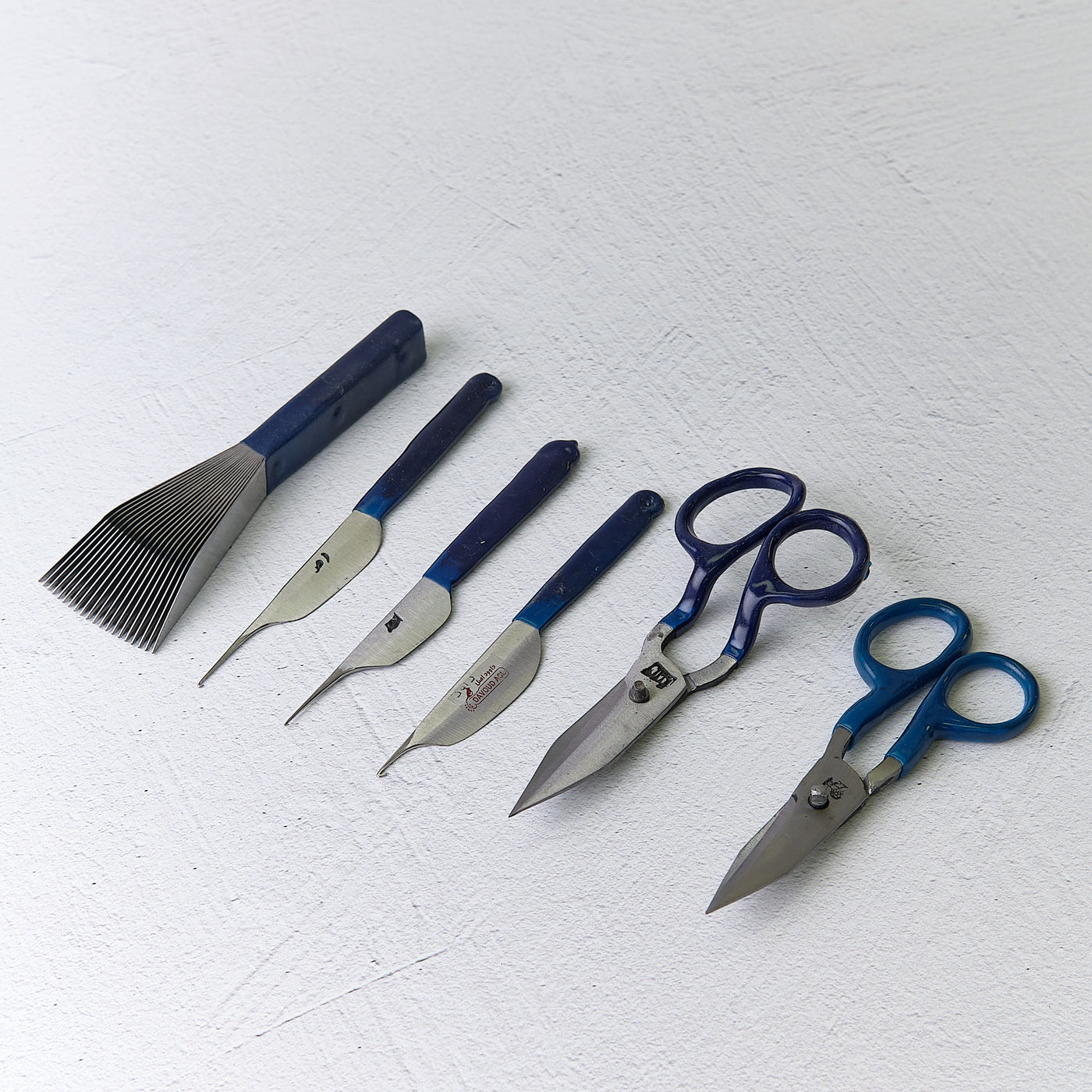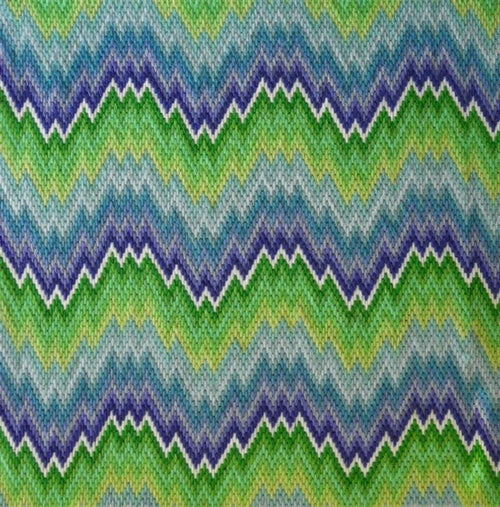Your source for rug accessories and craft supplies. Offering rug pads, clips, and premium yarn for needlepoint, crochet, and embroidery.

Rug Fringe
Available in many styles and shades
Your source for rug accessories and craft supplies. Offering rug pads, clips, and premium yarn for needlepoint, crochet, and embroidery.
Discover the exceptional quality of Appletons English Wool Yarn in Whites, featuring shades 991, 991b, and 992. Crafted from premium English ...
View full detailsElevate your artistic endeavors with Appletons Wool Yarn in Iron Grey shades 961 to 968, showcasing the finest quality of English wool. Estee...
View full detailsImmerse yourself in the warm glow of Appletons Wool Yarn in Honeysuckle Yellow shades 691 to 698, a fine example of English wool excellence. Celeb...
View full detailsDiscover the exquisite Appletons Crewel Wool Yarn in Autumn Yellow shades 471-479, part of our Appletons Wool Collection. Sourced from premium, lon...
View full detailsIntroducing Appletons Crewel Wool Yarn in the classic black range, a distinguished addition to our Appletons Wool Collection. Renowned for its prem...
View full detailsMatching the wool colors you need on a computer screen can be difficult. Get a more precise color by using Appletons' 100% pure English crewel &...
View full detailsIntroducing the vibrant Appletons Wool Yarn in Scarlet, covering shades 501-505. Celebrated for its durability, luster, and colorfastness, this yar...
View full detailsDiscover the tranquil beauty of Appletons Wool Yarn in Sky Blue, spanning shades 561-568. This premium yarn, crafted from the finest English wool, ...
View full detailsDelve into the serene beauty of Appletons Wool Yarn in Mid Blue shades 151 to 159, a reflection of the rich tradition of English wool craftsmanship...
View full details


Use this section to help customers find the products they're looking for.
Tarpek Rug Wrap. Waterproof, tear-resistant, flexible, reinforced plastic rug, and carpet wrap. Our Strongest and most cost-effective rug wrap. Th...
View full detailsVELOURWRAP™ is heavy-gauge, high strength, waterproof, tear-resistant (does not zipper), opaque, white, rug wrap. VELOURWRAP™ is a popular wrap wi...
View full detailsIntroducing CRPTWRAP™ Plastic Rug and Fabric Tubing, a white, opaque plastic tubing designed to provide a versatile, economical, and efficient sol...
View full detailsDiscover the superior protection of TOUGHWRAP™ Plastic Rug Wrap, the ultimate solution for preserving the beauty and longevity of your valuable ru...
View full detailsThickness: 7.5 milWeight: 75 gsmCore: 3 inch Experience superior protection with DuPont™ Tyvek® RugWrap™, your ultimate solution for rug and carpet...
View full details

30 cm x 34 cm. Appletons Needlepoint Kits – Portraits Range are a beautiful collection of portrait needlepoint kits from Appletons. The Portraits R...
View full details30 cm x 34 cm. Appletons Needlepoint Kits – Portraits Range are a beautiful collection of portrait needlepoint kits from Appletons. The Portraits R...
View full details30 cm x 34 cm. Appletons Needlepoint Kits – Portraits Range are a beautiful collection of portrait needlepoint kits from Appletons. The Portraits R...
View full details30 cm x 34 cm. Appletons Needlepoint Kits – Portraits Range are a beautiful collection of portrait needlepoint kits from Appletons. The Portraits R...
View full details30 cm x 34 cm. Appletons Needlepoint Kits – Portraits Range are a beautiful collection of portrait needlepoint kits from Appletons. The Portraits R...
View full details